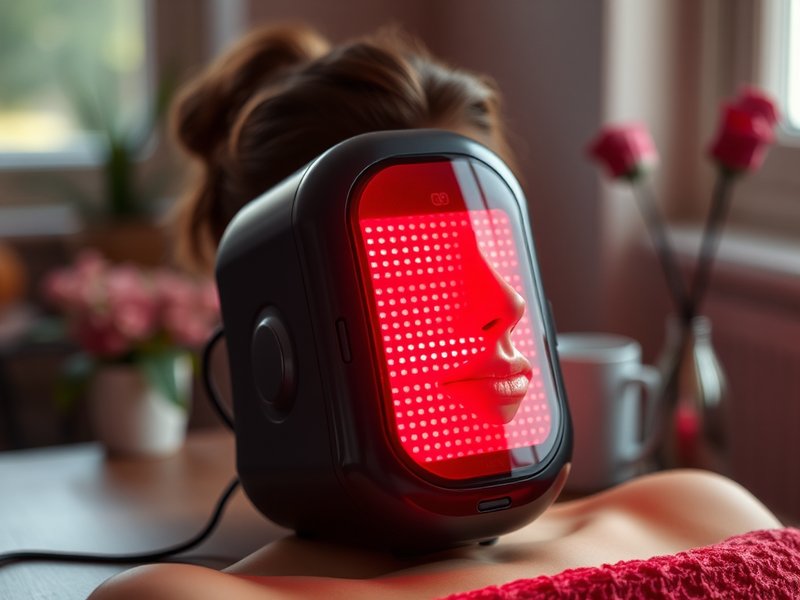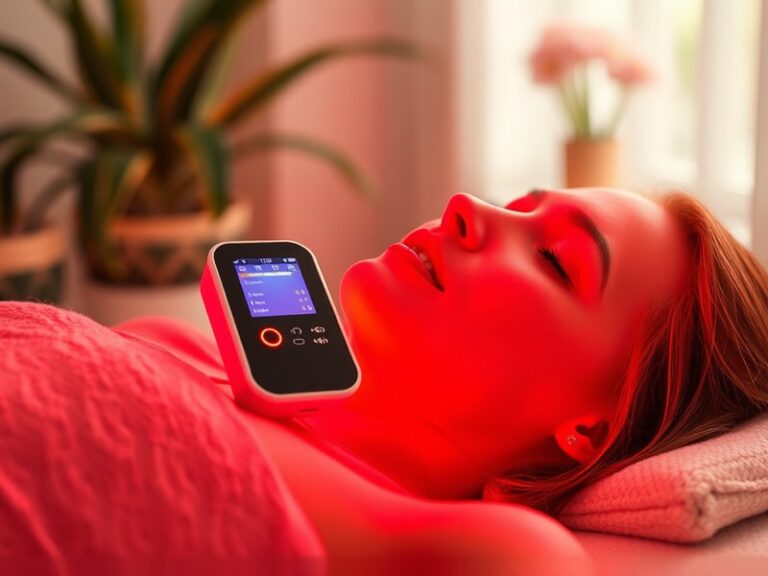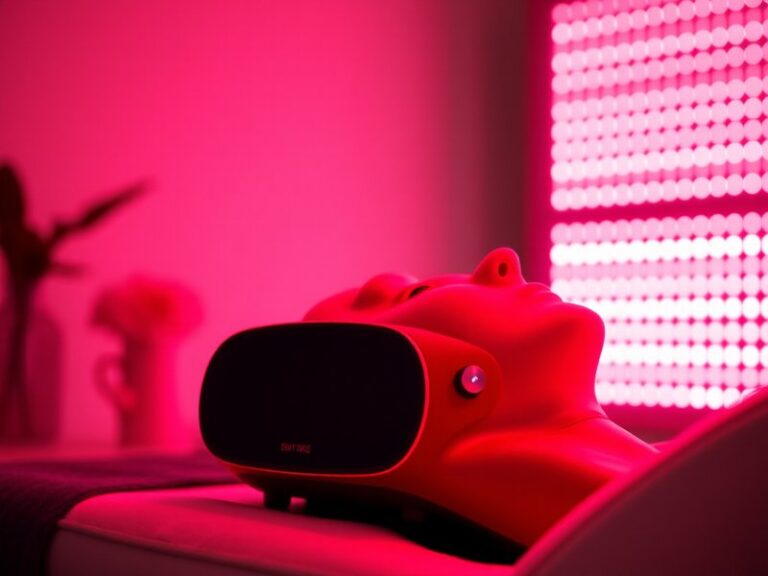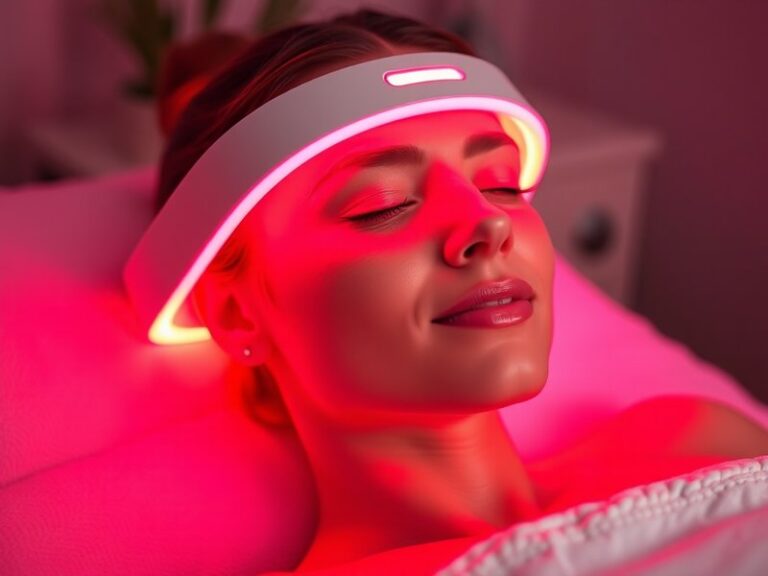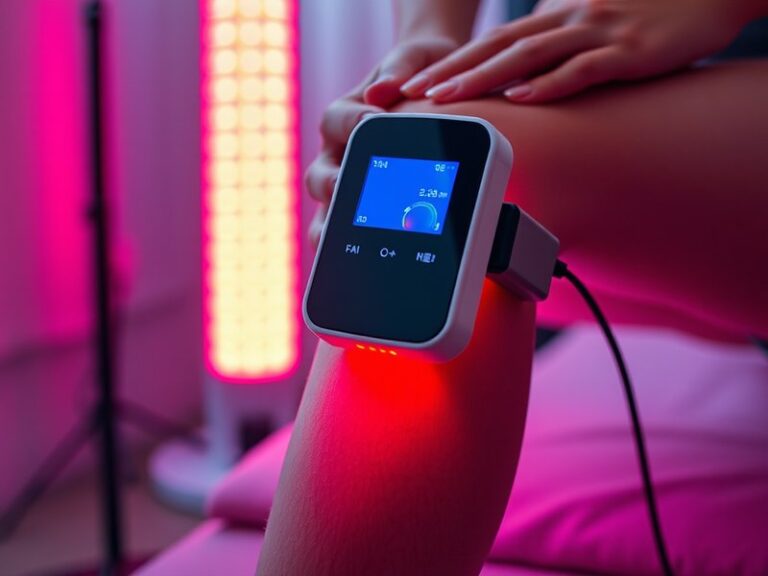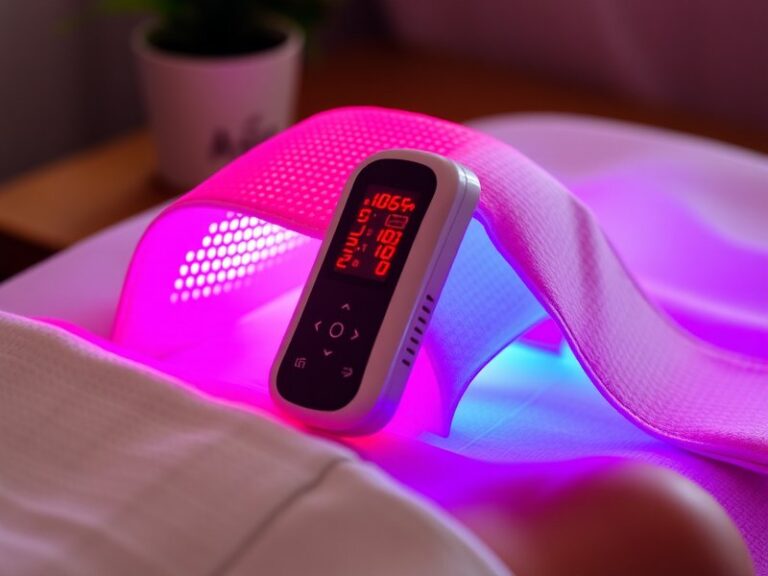Can You Use Red Light Therapy Too Much?
Can You Use Red Light Therapy Too Much?
Have you ever wondered if there’s such a thing as too much of a good thing? When it comes to red light therapy, many users are curious about the frequency and duration of treatments. This article will delve into whether overusing red light therapy is possible, the benefits of this treatment, alternative options, and crucial considerations before you dive into your sessions.
Key Takeaways
- Red light therapy can provide numerous health benefits, but moderation is key to avoiding potential adverse effects.
- Misunderstandings about optimal usage can lead to overuse, diminishing returns on its efficacy.
- It’s essential to consult with healthcare professionals to tailor your red light therapy regimen to your individual needs.
What is Red Light Therapy?
Red light therapy (RLT) is a non-invasive treatment that uses low-level wavelengths of red light to stimulate cellular function, promote healing, and reduce inflammation. This therapeutic approach is often used in both clinical and home settings for various health concerns, including skin rejuvenation, pain relief, and muscle recovery.
RLT works by penetrating the skin and influencing the mitochondria—the powerhouse of the cell—leading to increased ATP production. This energy boost enhances cellular repair and regeneration, making red light therapy attractive for therapeutic and cosmetic applications.
What are the Benefits of Red Light Therapy?
Red light therapy offers an array of benefits that can improve overall well-being and enhance physical performance. Let’s explore some of the primary advantages associated with its use.
Enhanced Skin Health
Red light therapy has gained popularity in skincare for its ability to improve skin tone, reduce wrinkles, and promote collagen production. Studies have shown that consistent use can lead to visibly healthier skin, making it a go-to option for those seeking non-invasive anti-aging treatments.
Pain Management
Many users report significant pain relief from conditions such as arthritis, back pain, and injuries. RLT effectively reduces inflammation and promotes healing, leading to improved mobility without the need for pharmaceuticals.
Improved Muscle Recovery
Athletes and fitness enthusiasts widely use red light therapy to accelerate muscle recovery post-workout. By enhancing circulation and reducing oxidative stress, RLT helps decrease soreness, allowing users to return to their training regimens sooner.
Boosted Mood and Energy Levels
There is evidence suggesting that red light therapy may have a positive impact on mood and energy levels. This is particularly beneficial for those dealing with Seasonal Affective Disorder (SAD) or chronic fatigue, as the light exposure can contribute to better overall mental well-being.
Is it Possible to Use Red Light Therapy Too Much?
While red light therapy is generally considered safe, the question of whether it can be overused is vital for users to contemplate. Overusing red light therapy can lead to minimal gains, as the body can only process a certain amount of therapeutic benefits at a time. This could mean reduced effectiveness in achieving desired outcomes.
What are the Advantages of Using Red Light Therapy?
When used appropriately, red light therapy can promote faster recovery, reduce inflammation, and support skin health. The key lies in understanding the right dosage and timing to maximize these benefits while avoiding potential downsides.
What are the Disadvantages of Overusing Red Light Therapy?
Excessive use can lead to skin irritation, headaches, or diminished treatment outcomes. Some users might also experience temporary fatigue or a sense of overstimulation if sessions are too lengthy or frequent, which can counteract the intended benefits.
What are the Things to Consider Before Using Red Light Therapy?
Before starting red light therapy, it’s important to consider several factors that can impact its effectiveness and your overall experience.
Session Duration
Understanding the recommended duration for each session is vital. Typically, sessions range from 10 to 20 minutes, depending on the area being treated and the specific device used. Sticking to this duration helps prevent overstimulation.
Frequency of Use
Consulting product guidelines or a healthcare provider can help determine the ideal frequency for your specific needs. Many users achieve great results with 2-3 sessions per week; however, some may require more or less frequency based on individual circumstances.
Device Quality
The quality of the red light therapy device you use can significantly affect outcomes. Opting for clinically-proven devices ensures you’re receiving adequate wavelengths and power, optimizing your treatment results.
Consultation with Professionals
Before beginning any new health regimen, including red light therapy, consulting with a healthcare professional ensures safety and suitability tailored to your unique health conditions.
For the full story, read Does Red Light Therapy Cause Nausea?
What are the Alternatives to Red Light Therapy?
If you’re seeking other options to consider alongside or instead of red light therapy, there are several alternatives available.
Discover our thoughts on Can Red Light Therapy Burn?
Cold Laser Therapy
Similar in approach, cold laser therapy uses different wavelengths to treat pain and inflammation, often favored for its focused therapeutic applications.
Infrared Sauna
An infrared sauna warms the body from within, providing a broad range of health benefits, such as detoxification, relaxation, and improved circulation.
Photomodulation Masks
For skincare enthusiasts, specially designed photomodulation masks deliver similar red light therapy benefits, targeting fine lines and enhancing complexion.
Massage Therapy
Incorporating regular massage can aid in muscle recovery and pain relief, serving as an effective alternative or complementary treatment to red light therapy.
Conclusion: Is it Recommended to Use Red Light Therapy?
In summary, red light therapy is a beneficial treatment modality that can enhance skin health, reduce pain, and improve recovery when used correctly. It is crucial to understand the balance between adequate treatment and overuse to maximize benefits while minimizing potential downsides. Consulting with professionals and adhering to recommended guidelines can help ensure a safe and effective red light therapy experience.
Frequently Asked Questions
What is the optimal frequency for red light therapy?
Generally, 2-3 sessions per week for about 10-20 minutes each is recommended. However, it may vary depending on individual needs and device specifications.
Are there any side effects of red light therapy?
While RLT is generally safe, some users may experience temporary side effects like skin irritation or headaches if sessions are too long or frequent.
Can red light therapy replace traditional treatments?
Red light therapy can complement traditional therapies, but it is advisable to consult a healthcare professional for tailored guidance regarding its integration.
Is red light therapy effective for all skin types?
Yes, red light therapy can be effective for various skin types, but individual responses may vary, making it important to tailor the treatment to specific concerns.
How long does it take to see results from red light therapy?
Results can vary based on the condition being treated; some users report improvements within a few sessions, while others may take several weeks for noticeable changes.
